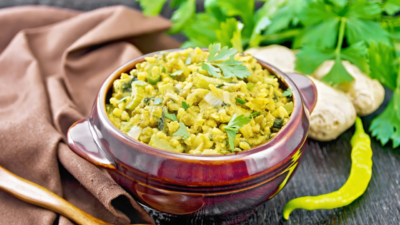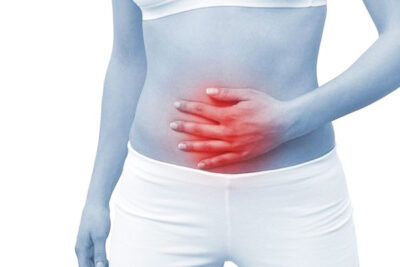
Ancient Ayurveda Recipes for Healthy Living
by Vanita Dahia What did our ancestors eat? One ancient

by Vanita Dahia
Pain is an unpleasant feeling which can be acute or persistent. Acute pain can be intense and last a short time but chronic pain persists for long periods and often resistant to medications.
Pain is in actual fact, is a critical component of the body’s defence system warning motor neurons of the central nervous system to minimise detected physical harm.
Pain can be classified into:
Somatic pain is sharp, aching, throbbing or gnawing pain
Visceral pain is deep, aching or squeezing pain
Neuropathic pain is burning, electric, tingling or shooting pain
Commonly prescribed drugs include:
NSAID’s, salicylates, and paracetamol
Opiate analgesics, cannabis
Anesthetics
Natural Medicine
You get told to take lots of pills like:
Magnesium for muscle aches
Build cartilage with glucosamine, MSM, and chondroiton
Relieve pain with herbs and tumeric
Joint Repair Paste is a blend of food ingredients aimed at providing healing strategies for the joint, bones and cartilage encouraging pain relief and reducing inflammation.
Collectively, Joint Repair Blend may assist with:
⦁ Pain and inflammation relief
⦁ Cartilage tissue repair
⦁ Bone restoration
⦁ Antibacterial
Joint Repair Paste Recipe
1 T (tablespoonful) gelatin crystals
1 T sesame seeds
1 T manuka honey
1 T celery seeds ( spice)
1 T bone broth ( organic chicken or beef- optional)
1 T turmeric powder
1 teaspoonful black pepper
1 teaspoonful ginger powder
1 T organic raisins
Blend the above list into a fine paste and store in an air-tight jar.
Take 1 rounded teaspoonful of Joint Repair paste by mouth, allow to dissolve in the mouth daily after a meal.
For further information, contact us.

by Vanita Dahia What did our ancestors eat? One ancient

Have you ever heard of anyone preventing their memory decline

How to Stop Indigestion and Acid Reflux by Vanita Dahia

Copyright © Vanita Dahia 2025. All rights reserved.